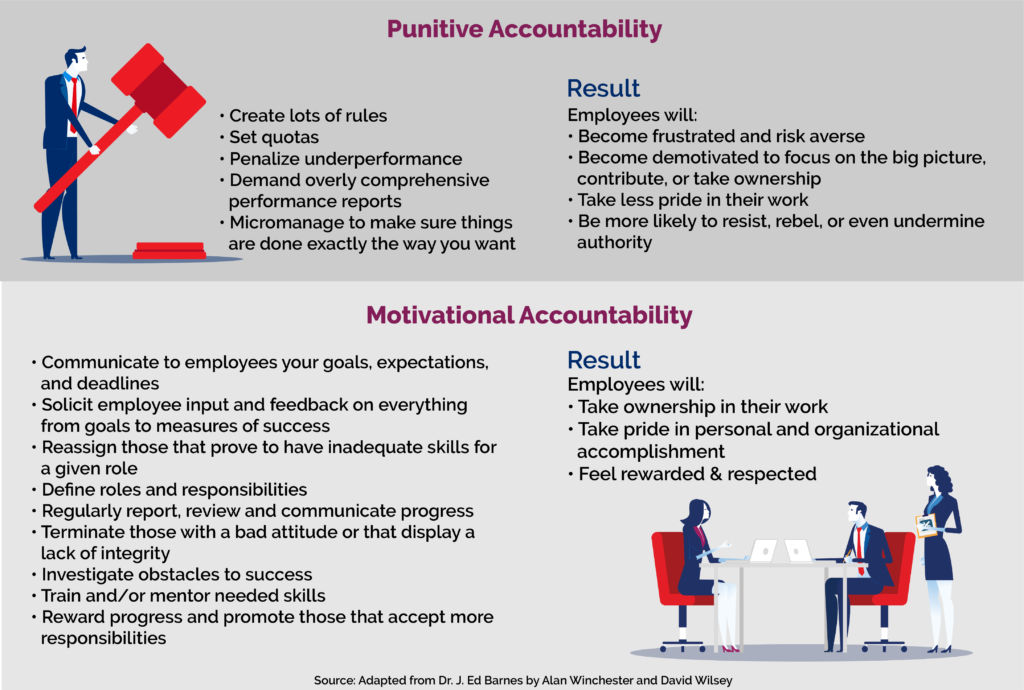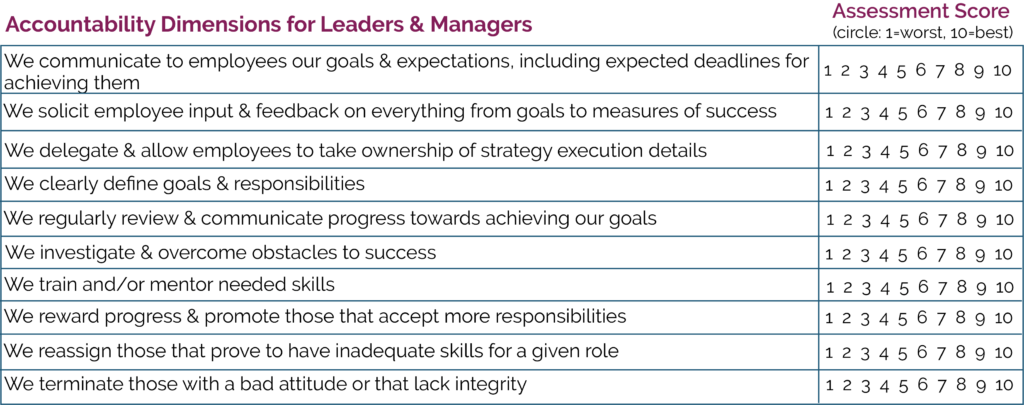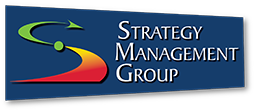I learned two lessons in college that I still think about – one in the kitchen and one as a strategy execution consultant. My professor claimed during a cell biology lesson that if you leave iceberg lettuce in water for about 20 minutes its cells expand as they soak up the water. He said that many chefs knew that soaking lettuce in cold water made it seem fresher and crunchier but few understood that it was because the cells were packed to the bursting point.
I went home for the holidays eager to share this new lesson with my mother. This is where I learned the consulting lesson.
My mother had been taught that in order to keep salad crisp, you should throw a slice of bread into the salad as you are making it and then pull the bread out just before serving. The thinking was that the bread soaked up the excess moisture that would otherwise lead to wilting.
When I shared my professor’s theory with her, I assumed that we would immediately begin saving a nickel per month due to all that saved bread. Instead I was surprised to find that my mother was not about to change the way she made salad because of something her son’s biology professor said, not even after I showed her that the lettuce didn’t wilt.
Strategy execution is about transformation. It is about the systematic implementation of the changes needed to move an organization forward. Unfortunately, as you try to convince people to change the way they do things, many of them react exactly like my mother did.
The change management field is built around several general principles in how to manage people through change: thoroughly communicate how/why/what change is happening, look for the “what’s-in-it-for-me” for employees, communicate using two-way dialog, remove barriers to change, celebrate success, describe a “burning platform”, etc. Strategy execution specialists bring a few more key approaches to these basic doctrines.
Engage Around the Big Picture. A simple business case (e.g. this initiative will help us improve process efficiency and lower operating costs) often isn’t enough. To embrace change it helps to understand how a particular initiative is aligned with the overall strategy of the organization (e.g. we want to bring low cost healthcare solutions to those suffering from an ailment. If we can improve this process, the solution could be better, more consistent, and cheaper than anyone else in the market). Employees will be far more motivated to change if they believe in the strategy. Strategy professionals typically have the skills needed to articulate and communicate that story.
Make Strategy Everyone’s Job. Strategy is a team sport. Too many strategy professionals think that because they are good at it they should do all of the work themselves. But good strategy execution relies on others to implement. I can tell my mother that this is a better way or (if she were an employee) order her to follow a new process, but as long as she can dismiss the idea as an outsider’s, change will be painful. Good strategy execution professionals understand that their job is to facilitate a consensus around a shared vision rather than simply dream up a vision in a vacuum.
Pick Your Battles. Strategy is about focus and strategic thinkers should be good at prioritizing. The worst thing you can do is overwhelm employees with dozens of major changes at the same time and then when things go badly decide that it’s not worth the trouble. Better is to pick the most important changes and implement them at a pace that the organization can handle. Then think through and communicate the timeline, action steps, and resource changes that will happen as the change is rolled out.
Facilitate a Sense of Inevitability. The weakest client outcomes in my career happened when there was uncertainty about whether or not the senior-most executives were on board. A well-meaning strategic planning director that isn’t visibly supported by the executive team will struggle to move an organization forward even if they do everything else right. On the other hand, if the executive team has thoroughly and repeatedly communicated that this change is going to happen with or without you, the inertia of inevitability will convince people to jump on the bandwagon even if other change management mistakes are made.











